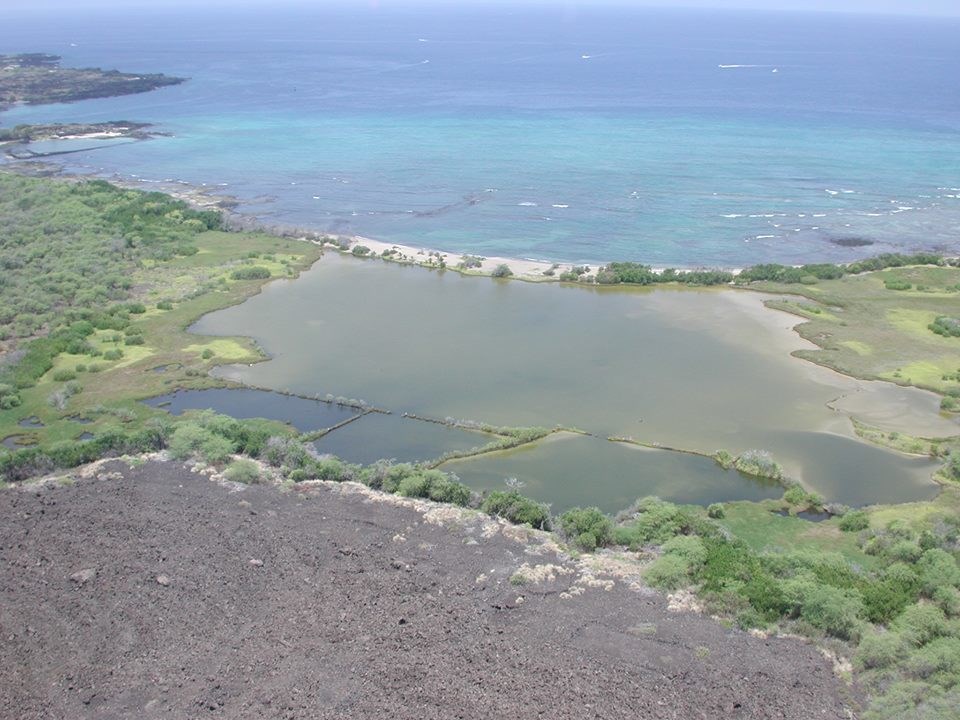Part of a series of articles titled Crystal Clear: A Call to Action.
Article
Crystal Clear: Evaluating Potential Water Quality Changes in Hawaii

NPS Photo
Background
In Hawaii, the water cycle between the mountains and ocean is hydrologically complex. When rain falls on the mountains it enters a high-level groundwater system that is distinct from the coastal groundwater system. The purpose of this study is to determine whether the high-level groundwater system near Kaloko-Honokōhau is connected to the park’s coastal system, including ancient Hawaiian fishponds, anchialine pools, and coastal waters. Approach Multiple groundwater and surface-water samples will be taken during wet and dry, and high and low tide, conditions. In the laboratory, samples will be analyzed for components such as ions, metals, and salinity. Data will used to create a model of the groundwater system. This model will determine the degree of similarity or dissimilarity between the high-level and coastal groundwater systems. With the information from this study, park managers will be able to (1) evaluate the potential impacts on water quantity and quality associated with proposed development, (2) effectively communicate with regulatory agencies and other stakeholders, (3) recommend or require appropriate best management practices for developers to reduce the risk of contamination, and (4) guide future water-quality monitoring in the park.Status
A majority of the sampling for this project was completed during June 2012 and March 2013. During these sampling periods water samples were collected from groundwater monitoring wells, production wells, anchialine pools, fishponds, and the ocean. Rainfall samples continue to be collected. Data analysis will begin in late autumn 2013.Last updated: August 15, 2019
